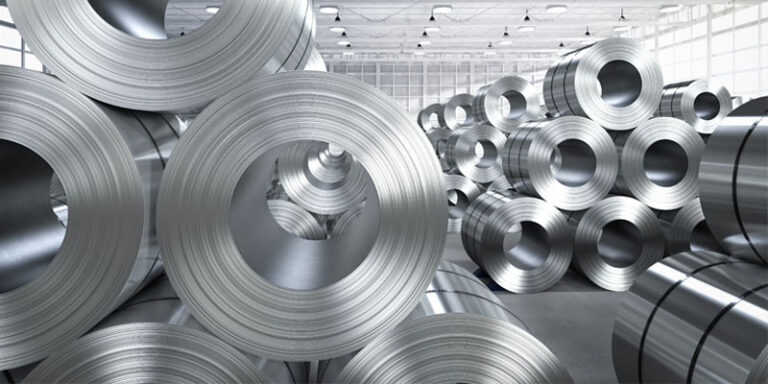Introduction
Aluminium, a versatile and widely used metal, comes in various series and sizes, each tailored to specific applications. Understanding these series and the common forms in which aluminium is supplied can provide valuable insights into its industrial uses and advantages. This article explores the different series of aluminium, their supplied sizes, common forms, industry applications, and a comparative analysis of their properties.
Series of Aluminium
Aluminium is categorized into series based on its alloying elements, which significantly influence its properties.
- 1000 Series (Pure Aluminium): Primarily consisting of pure aluminium, these have the highest aluminium content (99% or more). They are known for excellent corrosion resistance and high electrical conductivity but have lower strength.
- 2000 Series (Aluminium-Copper Alloys): Known for high strength, these alloys are commonly used in aerospace applications. They are less corrosion resistant and require protective coatings.
- 3000 Series (Aluminium-Manganese Alloys): These alloys have moderate strength and excellent workability, making them ideal for general-purpose applications like cooking utensils and some automotive parts.
- 4000 Series (Aluminium-Silicon Alloys): Known for good wear resistance, these are often used in welding wires and brazing applications.
- 5000 Series (Aluminium-Magnesium Alloys): These alloys have excellent corrosion resistance and high strength, making them suitable for marine applications and pressure vessels.
- 6000 Series (Aluminium-Magnesium-Silicon Alloys): Widely used in structural applications due to their good strength, corrosion resistance, and weldability.
- 7000 Series (Aluminium-Zinc Alloys): The highest strength alloys, suitable for aircraft and high-performance applications.
Common Forms and Sizes
Aluminium is supplied in various forms and sizes to meet diverse industrial needs:
- Sheets and Plates: Used in transportation (aircraft, automotive), construction, and packaging. Sizes vary widely, with thickness ranging from very thin foil to thick plates.
- Extrusions: Common in construction (window frames, doors) and transportation (automotive body parts). They come in various shapes like beams, angles, and tubes.
- Coils: Used in packaging (beverage cans) and construction (roofing, siding). They are produced in various widths and thicknesses.
- Bars and Rods: Utilized in machining and manufacturing of durable goods. Available in different diameters and lengths.
- Wire: Often used in electrical applications due to aluminium’s excellent conductivity.
Industry Applications
Each form of aluminium finds its niche:
- Construction: Prefers sheets, plates, and extrusions for their versatility and strength.
- Transportation: Utilizes all forms, with a preference for high-strength series in aerospace and automotive sectors.
- Packaging: Primarily uses sheets and coils for their malleability and corrosion resistance.
- Electrical: Favours wire form due to its conductivity.
Comparative Analysis of Series
Each aluminium series offers distinct advantages:
- 1000 Series: Best for electrical applications due to its high conductivity.
- 2000 Series: Preferred in aerospace for its high strength-to-weight ratio.
- 3000 & 4000 Series: Chosen for general use where moderate strength and good workability are required.
- 5000 Series: Ideal for marine environments due to superior corrosion resistance.
- 6000 Series: A balance of strength and corrosion resistance makes it suitable for structural applications.
- 7000 Series: The go-to for high-stress applications due to its exceptional strength.
Conclusion
The diversity of aluminium series and their supplied forms cater to a wide array of industrial applications. Each series offers unique properties, making them suitable for specific uses, from everyday items to specialized aerospace components. Understanding these variations helps industries choose the right type of aluminium for their specific needs, leveraging its benefits to the fullest. Whether it’s the high conductivity of the 1000 series or the unmatched strength of the 7000 series, aluminium continues to be an indispensable material in modern manufacturing and engineering.


